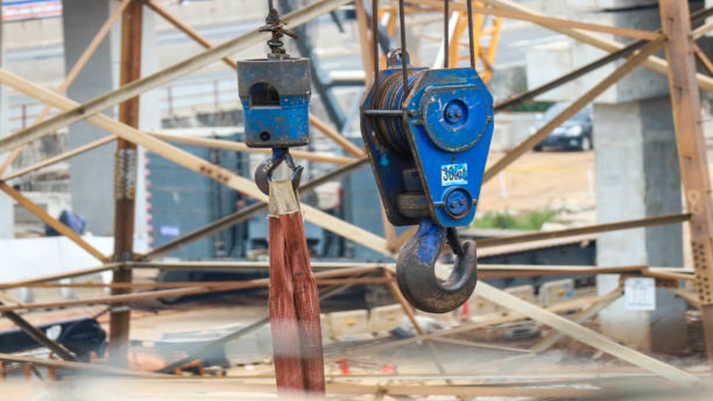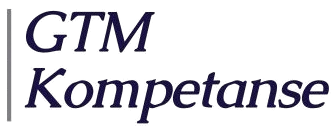Towbar/Strap course
Implementation:
Theory + practical exercise/training
| Classroom course
Contact us to order.
Register for scheduled courses
The authorities require that those who work with hooking, signaling and strapping have received documented training in order to be able to perform the work in a safe and secure manner. This is the employer's responsibility ("Regulations on the Performance of Work" Section 10-1 Requirement for documented safety training for work equipment that requires special care when used). The regulations require that users of work equipment have the necessary training, practice and instruction in safe use, and that they receive training in preventing the dangers that use may entail. Our hooking/strapping course in the classroom includes practical exercises.
Purpose:
The purpose of our hooking, strapping and signaling course is to provide course participants with increased knowledge about hooking, signaling and strapping. Make participants aware of important safety measures, so that personal injuries and accidents in the workplace can be avoided.
The following topics will be reviewed, among others:
- Structure
- Labeling
- Inspection and disposal of lifting equipment
- Lifting equipment tables
- Security theory
- Laws and regulations
- Practical exercises
Target group:
People who will assist crane operators with strapping, hooking and signaling.
Duration:
1 day
Requirements for prior knowledge:
No.
By purchasing this course, you agree to our terms and conditions .
View Product Details
Practical information
Do we need to provide any equipment to complete the course?
For in-company courses, suitable premises must be available for the theoretical part, as well as suitable space for carrying out the practical training.
Necessary equipment for the practical part is generally provided by the customer. On some courses we bring all necessary equipment. If we bring equipment by agreement, this may result in a price increase.
Participants must also provide personal protective equipment if the course requires it (for example, helmet, safety shoes or fall protection equipment).
How do I book an in-house course?
You book in-house courses by contacting us directly by email or phone. Together we will agree on a time, location and any practical needs, so that the course is tailored to your company.
How do I pay?
You will receive an invoice from us well in advance of the course start. The invoice must be paid no later than 2 days before the instructor arrives at your address.
The course will not be held if the course fee has not been paid. In the event of non-payment, the claim will still be collected.

